What is the best substitute for Suet?
Are you looking for a substitue for suet? Suet is the hard fat that surrounds the kidneys of animals and is often used in traditional cooking and baking. If you’re looking for a substitute for suet, especially for vegetarian or dietary reasons, there are plenty of options. Try using: Vegetable shortening, Lard, Butter, Ghee, Cococnut Oil, Applesauce or Mashed Banana.
If you want to continue using animal suet there are varieties such as beef, sheep, vension, poultry, and kidney suet.
When using suet, it’s important to choose the type that’s most suitable for your recipe and dietary preferences. Keep in mind that as dietary trends change, alternatives to animal-based suet, have become more widely available.
What is Suet?
Suet is a type of solid white fat that comes from the area around the kidneys of animals, particularly from cattle and sheep. It also goes by the names tallow, or dripping. It has a high melting point and a unique composition that makes it suitable for various culinary uses. Suet is distinct from other types of fat found in animals, such as the marbled fat within muscle tissue.
In cooking and baking, suet has been historically used for its ability to add moisture, flavor, and a rich texture to dishes. It’s commonly associated with traditional British recipes like suet puddings, pastry crusts, and certain sausages. Suet is also used in some sweet dishes, like mincemeat pies and some types of desserts.
Suet’s high melting point makes it particularly useful for recipes that require extended cooking times or high temperatures. When solid, suet has a crumbly texture, and when melted, it provides a luscious richness to foods.
As dietary preferences and health considerations have evolved, there’s been a shift away from using suet in modern cuisine. Many people are now seeking alternatives, especially vegetarian and healthier options, in their cooking and baking.
Okay, before we look at your suet substitute options, let’s deal with that empty cupboard situation!
Where can I buy Suet?
If you want to be more prepared and ensure you don’t run out of suet then you should stock up now.
Nowadays most general supermarkets stock a wide variety of suet. Or if you prefer you can also purchase suet on-line.
So why not jump on and place your order today.
STOCK UP NOW!
100% pure Wagyu Beef Tallow. Suitable for baking, frying, and sauteing.
Premium flavors on your plate. Paelo and Keto-friendly.
Worth every penny!
What can I substitute for Suet?
Here are some of the best ingredients to substitute the flavor and role that suet provides in your recipes.
- Vegetable shortening
- Lard
- Butter
- Ghee
- Cococnut Oil
- Applesauce or Mashed Banana
Suet substitutes
Vegetable Shortening
Vegetable shortening is a solid fat that is typically made from hydrogenated vegetable oils. These include soybean, palm, or cottonseed oil. It can be used as a substitute for suet in certain recipes, especially in baking, where the fat’s high melting point is important for creating flaky textures.
Vegetable shortening is often used as a substitute for butter or lard in recipes. It has a neutral flavor and can be used in both sweet and savory dishes. However, there are differences in flavor and texture when using vegetable shortening as a suet substitute:
Vegetable shortening can provide a similar texture to suet when used in baking. This helps contribute towards flakiness in pie crusts and pastries.
It has a neutral flavor, while suet from animals can have a distinct taste. The flavor of the final dish might be slightly different when using vegetable shortening instead of suet.
Vegetable shortening is commonly used in baking, especially for making pie crusts and biscuits. If your recipe calls for suet in a baked dish like a pudding or pie, vegetable shortening can work really well as a suitable substitute.
Vegetable shortening is best suited for recipes where the texture is a crucial factor, such as baked goods requiring flakiness. In other recipes, especially savory dishes, the flavor and texture differences might be more noticeable.
Vegetable shortening offers a fantastic vegetarian or vegan alternative to animal-based suets.
While vegetable shortening can replicate some of the properties of suet in baking, keep in mind that the flavor and culinary experience might vary slightly. Experimentation in small batches can help you determine how well it works in specific recipes.
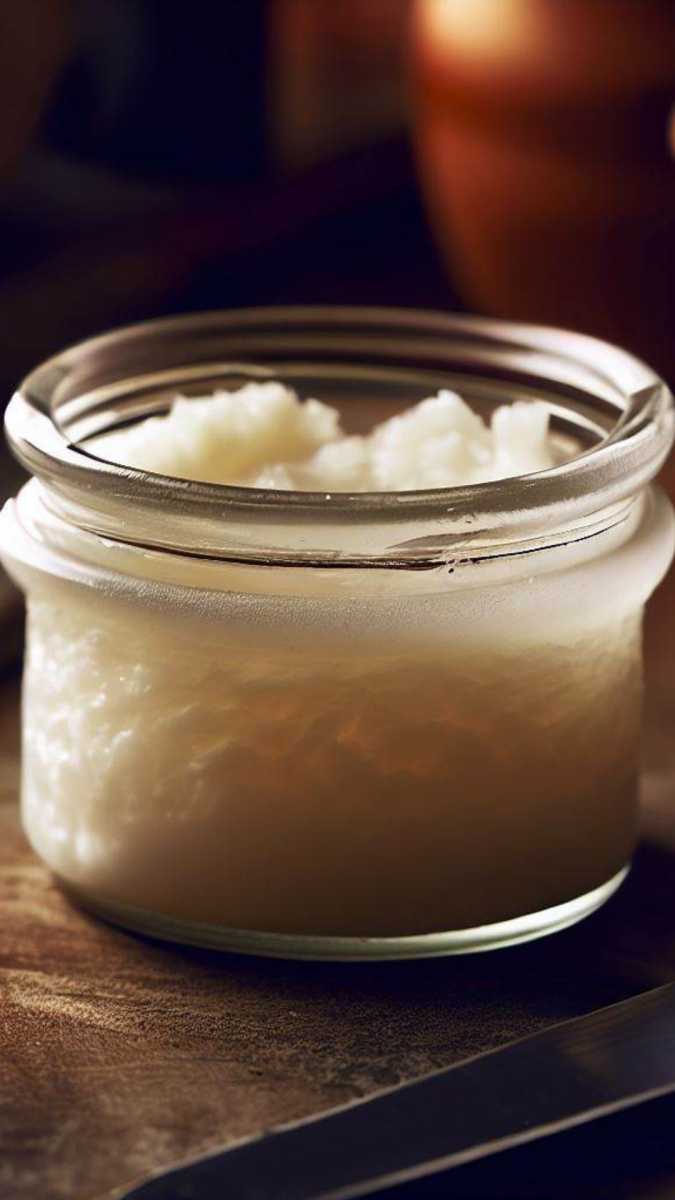
Butter as a suet substitute
Most of us have butter in the fridge and you will be pleased to know it can be used as a substitute for suet. But there are important differences in flavor and texture that you ned to consider:
Butter is softer at room temperature compared to suet, which is a solid fat. Depending on the recipe, this difference in texture could affect the final outcome. However, when used in baking, butter can contribute to a rich and tender texture.
Butter has a distinct flavor that can impact the taste of the dish. While suet from animals might have a different flavor, the flavor of butter can add a delicious richness to the recipe.
Butter can work as a substitute for suet in baking recipes that require fat for texture and moisture. It’s commonly used in pie crusts, biscuits, and other pastries.
Butter has a lower melting point compared to suet. This means that in recipes where suet’s high melting point is crucial (such as certain types of puddings), the use of butter might not yield the same results.
Butter is a dairy product with a higher fat content. If you need to use a lower-fat alternative, you might want to explore other options.
While butter can provide a similar richness and flavor in recipes, remember there will be differences in texture and melting point when using it as a suet substitute.
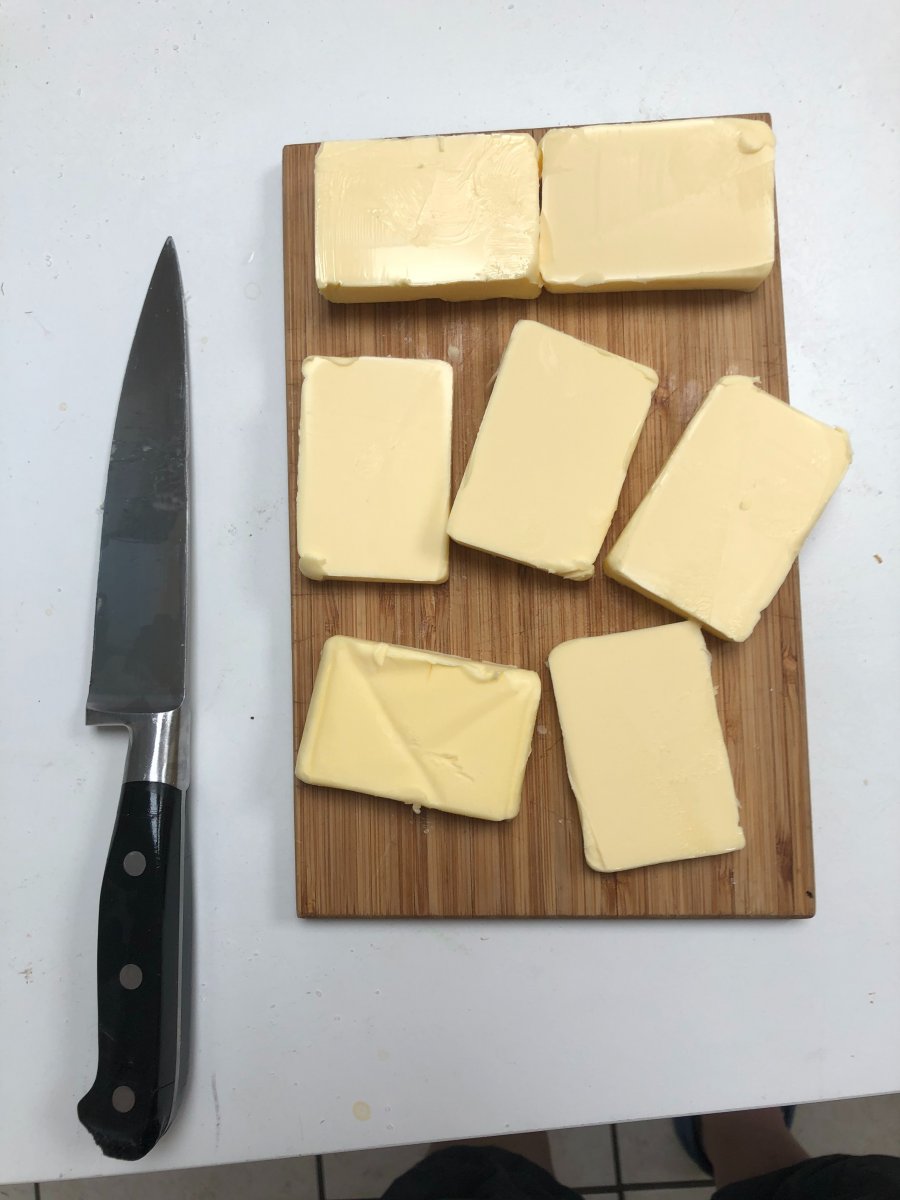
Lard as a suet substitute
Lard can be a suitable substitute for suet in many recipes, especially in dishes where the fat is used for baking or cooking.
It has a similar texture to suet and can therefore provide similar results in terms of flakiness in baked goods. However lard has a milder flavor than suet that can complement both sweet and savory dishes.
Lard is commonly used in cooking and baking. It works well in recipes that require the properties of fat. These include dishes such as pie crusts, pastries, and certain types of puddings.
It can be a good substitute for suet in many recipes, especially where the flavor and texture of the fat are essential. It is often used in traditional dishes like biscuits, tarts, and even some meat dishes.
Lard is animal fat, so if you’re looking for a vegetarian or vegan alternative, lard may not be suitable. This also relates to anyone with health or dietary concerns.
If you’re using lard as a substitute for suet, consider the characteristics of the dish you’re making. Will the flavor and properties of lard will complement the recipe.
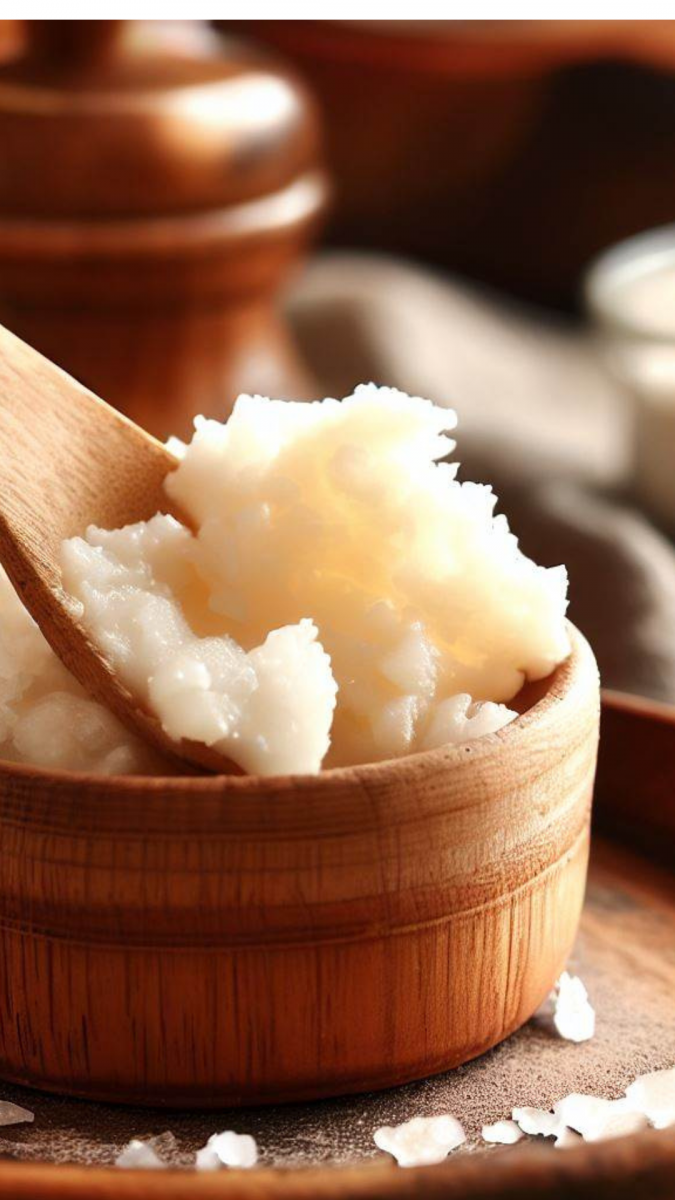
Ghee as a suet substitute
Ghee is a type of clarified butter that originated in India and is commonly used in Indian, Middle Eastern, and Southeast Asian cuisines. It is made by simmering butter to remove water content, milk solids, and impurities, leaving behind pure butterfat. This process gives ghee a higher smoke point and longer shelf life compared to regular butter.
Ghee has a rich, nutty flavor and is often used in cooking, frying, and sautéing due to its high smoke point, which means it can be heated to higher temperatures without burning. It’s also used as a flavoring agent in various dishes.
Because ghee is free of milk solids, it’s often tolerated better by individuals who are sensitive to lactose or milk proteins.
Ghee can work well as a substitute for suet in recipes that require fat, such as certain types of pastries and baked goods. It can also be used in cooking dishes where fat is required.
As ghee is a dairy product, it might not be suitable so if you’re looking for a dairy-free or vegan alternative.
If you’re using ghee as a substitute for suet, consider the specific characteristics of the dish you’re making and how the flavor and texture of ghee will contribute to the final outcome. As with any substitution, experimenting in a small batch first can help you determine how well it works for your recipe.
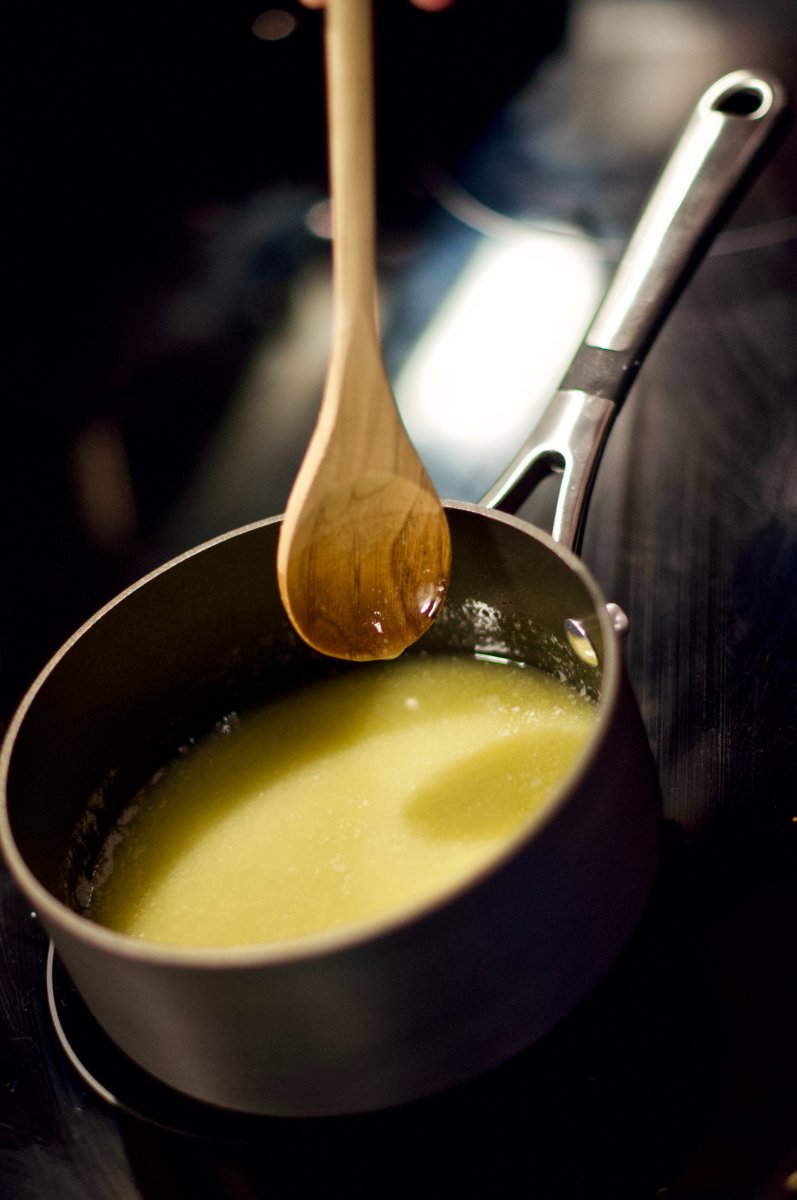
Beef fat
Beef fat can be used as a substitute for suet in many recipes, especially those where the fat is required for texture, moisture, or flavor. It has similarities to suet in terms of its properties, and it can work well in a variety of dishes. Here are some considerations:
Beef fat can provide a similar texture to suet, especially when used in baking. It can also contribute to flakiness and richness in recipes.
It is versatile and can be used in both sweet and savory recipes. With a distinct beefy flavor it can add depth and richness to dishes. It’s often used in traditional cooking for frying, sautéing, and adding flavor to various dishes.
If you’re using beef fat as a substitute, consider how you’ll render or melt the fat before using it in your recipe. You want to ensure it’s in a usable form.
As with any type of fat, it’s important to use beef fat in moderation due to its saturated fat content.
When using beef fat as a substitute for suet, consider the flavor and how it will interact with the other ingredients in your recipe. Beef fat can provide a rich and distinctive taste, so make sure it complements the overall dish.

Cococnut Oil
Coconut oil can be used as a substitute for suet in some recipes, particularly in dishes where the flavor and texture of coconut are compatible with the desired outcome.
Coconut oil is solid at room temperature, similar to suet. Therefore, it can provide a certain level of firmness and structure in recipes, especially in baked goods.
Coconut oil has a distinct coconut flavor and aroma. And whilst it can work well in some recipes, this flavor might not be suitable for all dishes.
Coconut oil is best suited for recipes where the coconut flavor can complement the overall taste. It might also work well in recipes that have tropical or sweet elements.
Coconut oil is plant-based and has gained popularity for its potential health benefits. However, it’s still important to use it in moderation due to its high saturated fat content.
Before using coconut oil as a substitute for suet, consider the flavor and texture of coconut and how they will impact the final dish.
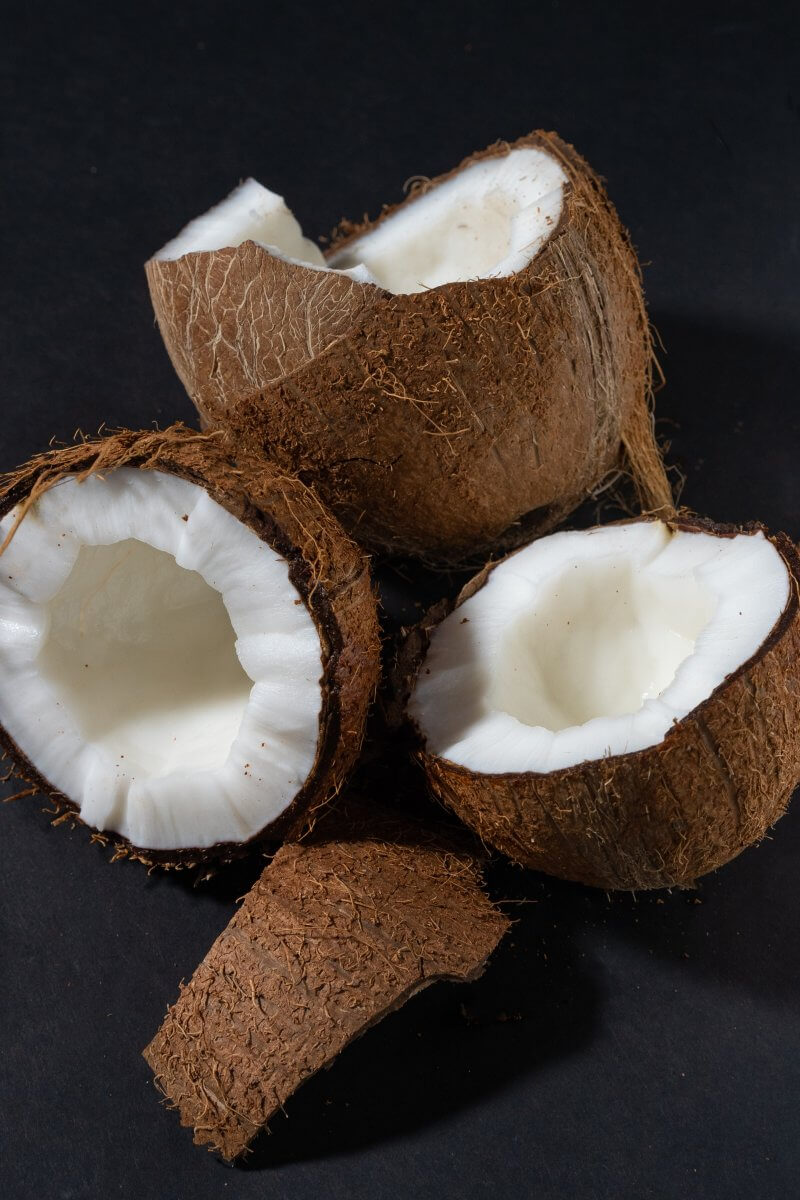
Applesauce or Mashed Banana
Our last choice is a fruity option. Apple sauce or mashed banana can be used as a substitute for suet in recipes that require fat for moisture and texture, especially in baking.
Now whilst apple sauce and mashed banana can add moisture to recipes, they won’t replicate the specific texture and properties of suet. Suet provides a unique structure and mouthfeel in certain dishes that these fruit-based substitutes might not achieve.
Both apple sauce and mashed banana have distinct flavors that could potentially alter the taste of the final dish. Therefore you need to consider whether their flavors will complement the other ingredients in the recipe.
Apple sauce and mashed banana can work well as substitutes for suet in recipes that don’t rely heavily on the specific texture or structure that suet provides. Normally they are commonly used as healthier alternatives in baking, often in recipes where fat is required for moisture.
Both apple sauce and mashed banana can add natural sweetness and nutrients to your recipes, making them suitable for health-conscious cooking.
While apple sauce and mashed banana can provide moisture and flavor to recipes, they might not be ideal substitutes for dishes that require the specific properties of suet, such as certain traditional British puddings or pies. Consider the dish you’re making and how these fruit-based substitutes will affect the final outcome before making the substitution.
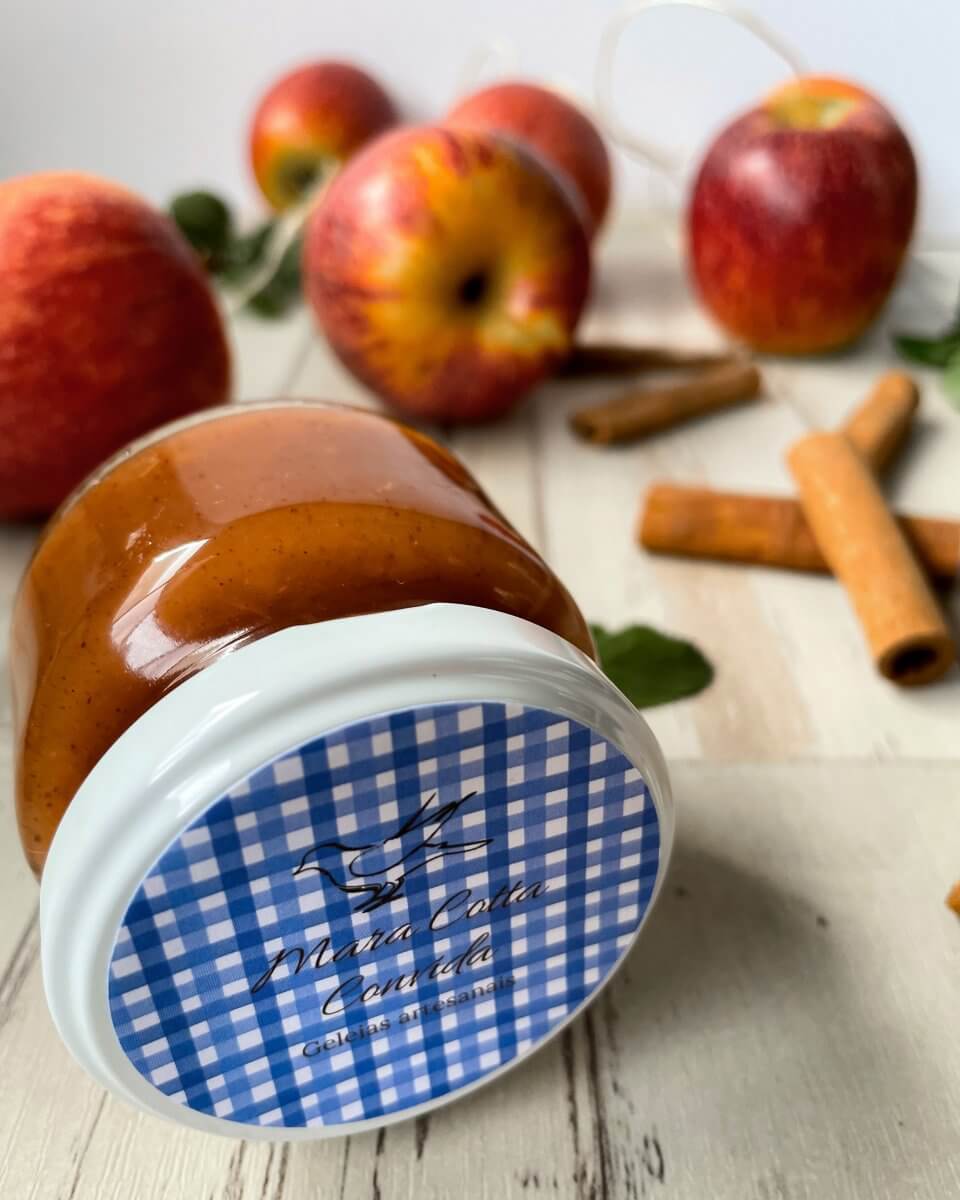
Summary for Suet substitutes
Okay – that’s you all sorted with suitable substitutes for suet.
So whether you are looking for an animal fat replacement, or something more suited for vegeterain and vegan diets, there should be something on list to suit you. Remember to consider what impact the suet substitute will have on the finished dish.
We have gathered together a lot more facts on ingredients such as herbs, spices, oils, nuts, etc. if you would like to learn some more.

